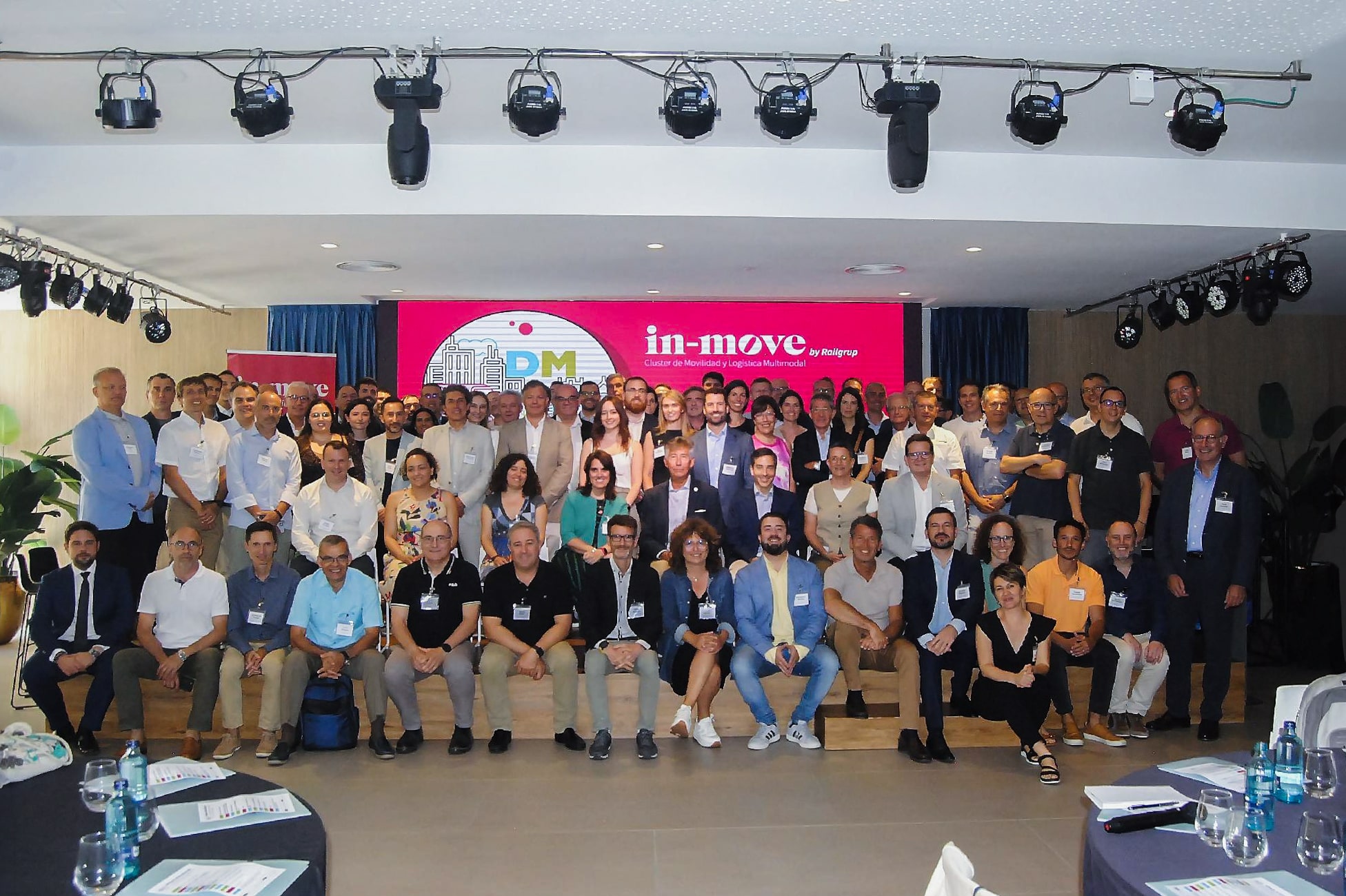Human resources database optimization

Optimizing HR databases is critical to talent management. Incorporating advanced techniques to enhance an information system and facilitate data-driven decision making enables companies to improve their HR strategies.
Tabla de contenidos
ToggleDiscover how to optimize your HR database to improve talent management.
For any organization, the human resources database is a capital asset that will enable effective talent management. The importance of HR information systems lies in the fact that they contain detailed information about the employees who are or have been part of the organization, such as their work history, skills and abilities, as well as personal data.
For this reason, proper execution of employee data management is essential to facilitate decision making in critical areas such as hiring, job assignment, career development and talent retention.
In this article we will see the importance of keeping processes up to date and how to use technology to maintain an HR database that truly supports an organization’s talent management needs and goals.
What to consider
Any company can have a talent management software such as BesTalent IA by aggity that allows advancing in the digitization and application of analytics in the activities of the people management area. However, it is not enough to have the appropriate tool, it is also necessary to take into account certain elements for the optimization of the human resources database to be successful. These are some of the improvements in HR systems to consider:
Data security and privacy
Since such a database contains sensitive employee information, such as personal and financial data, it is essential to ensure data privacy and security during the optimization process. In this sense, it is important to establish data security policies in human resources to restrict access to confidential information so that only authorized personnel have access to the employee database.

In addition, it is mandatory to comply with the General Data Protection Regulation (GDPR), which sets strict standards for the protection of personal data and requires companies to implement appropriate technical and organizational measures to ensure data security.
Integration with other systems
It so happens that many companies have HR data spread across different systems. This situation makes it difficult to consolidate and standardize information.
What is striking is that this integration of employee data is simpler than it might at first appear. Integrating all the dispersed information will allow the HR department to have a global view of each employee and, thanks to the use of HR analytics tools, it will be able to accelerate and improve decision making in its talent management policy.
In addition, the integration with other systems allows to improve the operational efficiency of the company as different workflows related to the HR function can be automated.
The incorporation of human resources human resources automation streamlines processes and minimizes bottlenecks in talent management. For example, integration between the HR system and the payroll system results in more efficient management of salary payments and deductions, eliminating the need to manually enter data into multiple systems.
Ease of use
When optimizing the database in human resources, it is essential to take into account ease of use and accessibility. Such a database can be very complex. So, if this complexity is not accompanied by user-friendliness, HR processes will suffer.
Ease of use ensures rapid implementation and adoption of HR data solutions as users will quickly become familiar with the system’s interface and functionality.

Analysis and reporting capabilities
In any modern talent management technology, HR analytics tools play a key role. Data analytics in HR makes it easier for companies, for example, to understand the skills and gaps in their workforce, optimize HR reporting, and develop effective organizational transformation strategies.
These analytics solutions enable HR managers to identify patterns and trends, knowledge that will help them make informed decisions about hiring, training and talent development to align with organizational goals and improve the Employee Experience.
Analytics solutions also provide valuable data on employee performance and productivity, identify patterns of absenteeism, and measure job satisfaction and individual performance, among other things.
Últimos posts

IBM Think 2024 bets on Generative Intelligence and It Automation solutions

aggity participates in the “Mobility Dialogues” meeting organized by IN-MOVE by Railgrup

aggity appoints Diego Viudes as new commercial director for the spanish business

Key developments in green innovation

Aggity signs a commercial agreement with Sener to address energy efficiency and decarbonization projects in the industrial sector.

“Sustainability, without data, is simply a pipe dream.”

Improvements in corporate data protection





